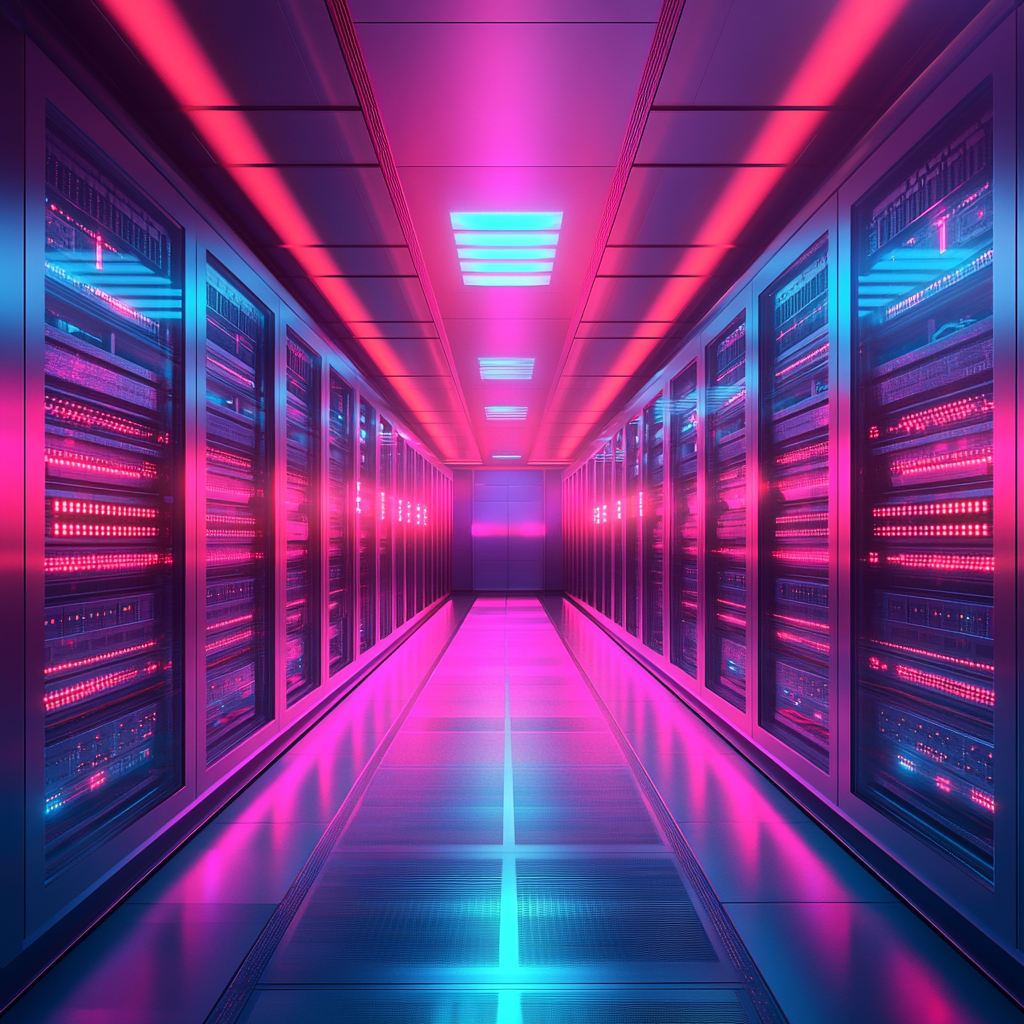
Revolutionizing AI Speed: The Role of Co-Packaged Optics in Computing
In the world of high-speed connectivity, a seismic shift is on the horizon, and it’s strutting in with an air of confidence that would make even the most ambitious of tech enthusiasts sit up and take notice. Enter co-packaged optics (CPO), the star of the show in the realm of artificial intelligence (AI). Imagine a bustling city where highways are perpetually congested; that’s the current state of connectivity as we grapple with the burgeoning demands of AI computing. Traditional electrical interconnects are starting to show their age, much like a once-reliable car that sputters when pushed to its limits. CPO is here to turn that old clunker into a race car capable of tearing through the data landscape faster than you can say “bandwidth.”
Let’s take a moment to understand why connectivity is causing such a ruckus in the AI scene. AI platforms—especially the heavyweights like large language models and those dazzling generative AI algorithms—are the Lincolns of the tech world. They need serious horsepower, which translates to not just computational resources but also high-speed data transfer capabilities. Picture this: a data center that’s processing immense volumes of information in real time will inevitably need a robust connectivity solution. We’re talking about bandwidths soaring to at least 800G, something that traditional copper cables can’t handle without succumbing to the dreaded signal degradation and latency problems.
Now, about co-packaged optics—what does this marvel bring to the table? Basically, CPO is a game-changing technology that combines optical fibers with chips and data center infrastructure. Think of it as merging the best of both worlds: the lightning-fast communication speed of light with the intricacies of modern chip design. Developed by visionaries at IBM, CPO uses polymer optical waveguides (PWG) to weave optical fibers right into the fabric of the chips, making data transfer between chips, circuit boards, and servers not just a dream but a reality.
So, how does it all work? Strap in; it’s time for a tech ride.
Imagine the difference between shouting across a busy street versus whispering in a cozy café. CPO allows for direct optical connections to the optics chiplet, cutting out the external connections that have tangled up data centers for ages. This means less clutter and more direct routes for information to travel—a bit like opting for a straight highway instead of a complicated maze of back roads. The secret sauce here is high beachfront density. Picture being able to connect six times more optical fibers at the edge of a chip. It’s a quantum leap for anyone looking to handle the bandwidth demands of today’s intense AI workloads.
And let’s not overlook energy efficiency. Swapping over to optical interconnects means a substantial reduction in energy costs, which is not only better for your budget but also for our dear planet. As AI models become ever more complex and energy-hungry, finding ways to improve energy efficiency is becoming an absolute necessity rather than just a nice-to-have.
The benefits of co-packaged optics for AI computing are nothing short of revolutionary. First and foremost: speed and bandwidth. With CPO offering bandwidth up to eighty times faster than our beloved traditional chip-to-chip communication, it’s an obvious choice for those high-speed data transfer tasks AI craves. Energy efficiency is another win; less power consumption leads to cooler operations and reduced overhead costs—an enticing proposition for data center operators watching their electricity bills climb. Lastly, the scalability factor can’t be ignored. The capacity to scale AI systems without hitting bandwidth bottlenecks can make the difference between success and stalling in the race of tech innovation.
But the implications don’t stop at efficiency and speed; they reverberate through various industries and applications. Think generative AI. These modern wizards, which are crafting images, writing poems, or even generating music, will operate more seamlessly with high-speed connectivity. Rapid model training, coupled with reduced energy costs, can elevate this sector to heights we haven’t even dreamed of yet.
Data centers, too, will bask in the glorious light of CPO integration. No longer does infrastructure have to go through cumbersome upgrades every few years to keep pace with AI’s demands. CPO paves the way for future-proofing these sanctuaries of technology to handle surges in AI workloads without so much as a hiccup.
And let’s not forget other industries. From autonomous vehicles navigating at breakneck speeds to smart home devices eagerly responding to your voice commands, any tech that relies on AI stands to gain immensely from the enhanced connectivity that CPO offers. It’s almost poetic how the very fabric of our daily lives is intertwined with such advancements.
To wrap it all up, co-packaged optics aren’t merely a passing trend but rather a necessary evolution in AI computing. They are the vanguard, turning the tide in the battle against bandwidth limitations and setting the stage for a new era of high-speed connectivity. As the world clamors for faster, more efficient AI, adopting CPO technology is not just advantageous; it’s essential.
In the heart of this transformative journey lies an incredible opportunity for us all. Whether you’re a tech aficionado, a business leader, or an AI enthusiast, staying informed about such advancements is paramount to navigating the future.
Want to stay up to date with the latest news on neural networks and automation? Subscribe to our Telegram channel: @channel_neirotoken. Keeping your finger on the pulse of technology has never been more thrilling!

